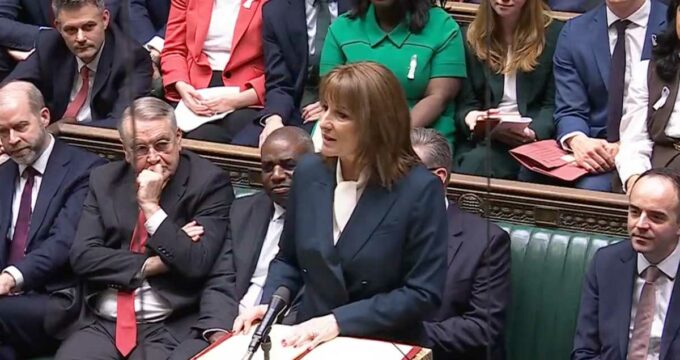Final stages of K-12 transition underway in the Philippines
The Philippines has now entered the final year of a planned transition from a ten-year school system to a full K-12 curriculum. The Department of Education (DepEd) reports a combined primary and secondary enrolment of nearly 28 million students as of the official start of the school year on 5 June. This year’s enrolment includes the first cohort of Grade 12 students in the Philippine system. The K-12 transition effectively adds two additional years of high school to the current system, under which students have previously gone on to college to complete the equivalent of senior high coursework. “The Philippines is the last country in Asia and one of only three countries worldwide with a 10-year pre-university cycle (Angola and Djibouti are the other two),” notes a statement on the DepEd website. “A 12-year programme is found to be the best period for learning under basic education. It is also the recognised standard for students and professionals globally.”
Mobility boost expected
We have seen a significant increase in outbound mobility from the Philippines over the past decade. And no wonder: the population is large and youthful, economic growth is consistently strong, and English is an official language as well as the medium of instruction in schools. Total outbound for higher education has increased from just over 7,900 in 2006 to nearly 15,000 in 2016. About half of those students go to Australia or the US, but after that outbound from the Philippines is pretty widely distributed among roughly ten other destination markets, including New Zealand, Saudi Arabia, the UK, Italy, and Japan. Most Philippine students that go abroad first complete their secondary studies in private high schools at home, a sector that accounts for about 20% of total secondary enrolment in the country and that has long offered a full K-12 curriculum. That the 12-year programme is now being extended to the remaining 80% of students has led many observers to anticipate increased student numbers coming out of the Philippines. “Changes to the education system are intended to better equip students for employment and further study,” says a recent report from World Education News & Reviews (WENR). “The most likely outcome is an increase in outbound rates. The changes address a major systemic limitation on graduates from the Philippines who want to pursue advanced studies abroad: the two-year deficit of academic achievement at the secondary level, which had to be made up for in college.”
Government moving ahead despite opposition
The K-12 transition was first established in legislation passed in 2013, and under an earlier government administration. However, current President Rodrigo Duterte reaffirmed his government’s commitment to the transition in a high-profile speech earlier this month, and this in spite of considerable popular and political opposition. K-12 has been a hot topic among parents in the Philippines – who are facing the prospect of supporting students in school for two additional years – and has triggered a number of related court actions seeking to set aside the government’s transition plan. This reluctance on the part of parents is so far showing up in lower-than-projected grade 12 enrolments in some parts of the country, but the transition is nevertheless going ahead. Similarly, higher education institutions in the Philippines have opposed the change, in part because of projections of a sharp, short-term decrease in college enrolments as more students stay on in high school for their senior years. Early reports, however, suggest that the enrolment shortfalls at the college level have not been as significant as first feared. For additional background, please see:
















